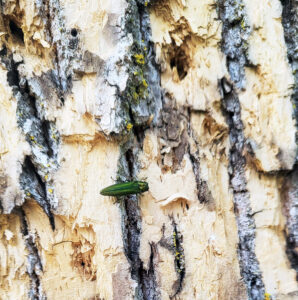By Paul Cigan, DNR Forest Health Specialist, Hayward;
Paul.Cigan@wisconsin.gov or 715-416-4920
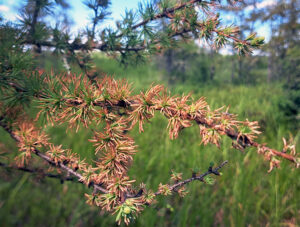
A tamarack branch shows severe needle mining from larch casebearer. / Photo Credit: Paul Cigan, Wisconsin DNR
Larch casebearer has caused localized heavy defoliation in some tamarack swamps in central Burnett County this spring, causing tamarack to stand out with a stark appearance of bright-brown foliage by mid-June.
Larvae of this exotic moth damage tamarack needles by “mining” the inner needle tissue. Heavily damaged tamarack progress in color from pale green to yellow and eventually turn a bright, reddish brown as needles dry out and die.

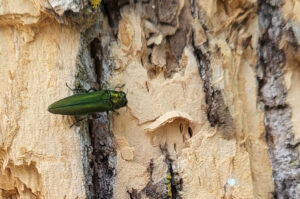
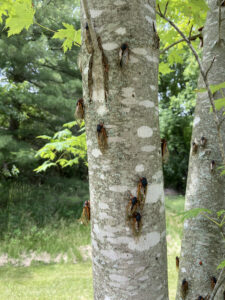
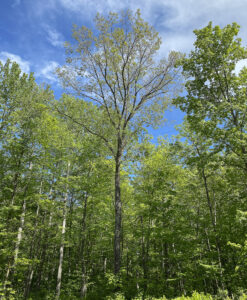
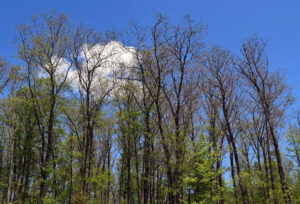

 As Wisconsin braces for another potentially busy season of spongy moth caterpillars, three state agencies have teamed up to make it easier for tree owners and others to access the latest information and advice on the invasive, leaf-chomping pests.
As Wisconsin braces for another potentially busy season of spongy moth caterpillars, three state agencies have teamed up to make it easier for tree owners and others to access the latest information and advice on the invasive, leaf-chomping pests.